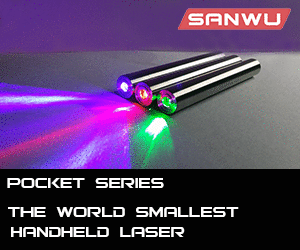- Joined
- Oct 31, 2009
- Messages
- 856
- Points
- 43
4HV is a very strange site. Thought its cool there, but its kinda boring...never heard of a bigger forum to discuss coil- and railguns...very dissapointing.
400W....you could use a DC/AC converter...12V to 230VAC and rectify the output. Will give you 330V or something.
I prefer my chargers. Only 30x40mm (board without coil)...50W max.
Could get you ones for 100 or 200W easily. Slightly bigger ;-)
400W....you could use a DC/AC converter...12V to 230VAC and rectify the output. Will give you 330V or something.
I prefer my chargers. Only 30x40mm (board without coil)...50W max.
Could get you ones for 100 or 200W easily. Slightly bigger ;-)



